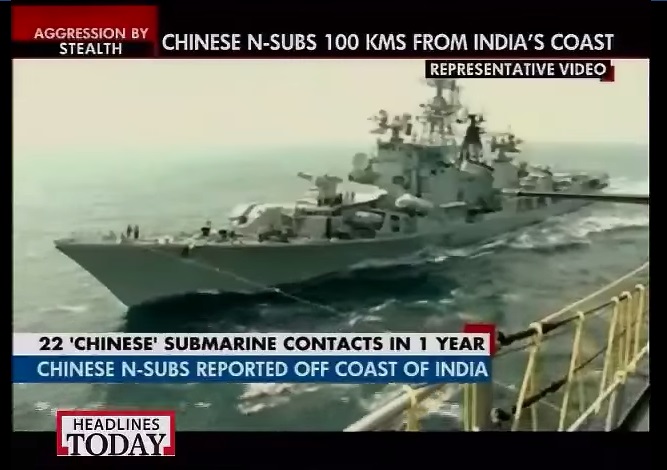China’s new “Great Game”

As President Obama is busy waging “quixotic” war on Greenhouse Gases, China is making real geostrategic and territorial gains in Indian Ocean and South China Sea. China is not only reclaiming Islands in its backyard — furnished with airstrips and Naval bases in the South China Sea, but also building a corridor connecting the western Chinese city of Kashgar to the Arabian Sea.
China’s plans are so aggressive and ambitious that it would make even a seasoned foreign policy expert’s head spin — don’t expect that from anyone in the current U.S. administration. While Obama administration spends big on climate change and works to shrink U.S.’s carbon-footprint, the administration is equally committed to shrinking U.S.’s geostrategic footprint in the world.
Sensing U.S’s disengagement from the Asia-Pacific and Indian Ocean, China is pasturing aggressively in the Indian Ocean to encircle its Asian rival, India. China and India share historic rivalries. After invading Tibet, China attacked India in 1962 — successfully pushing back Indian defences and occupying roughly 40,000 km of Indian territory. Since 1960s, China has made further territorial claims in India.
In September 2014, China docked a nuclear submarine at Sri Lanka’s Colombo port [near India’s southern-most coastline], followed by an attack submarine just few weeks later.
A recent report by policy research institute Asia Maritime Transparency Initiative (AMTI) describes the “construction of an artificial island near the Colombo South Harbor.” China is willing to invest $1.4 billion in the port city project, but faces opposition from President Maithripala Sirisena, the newly elected leader of the small Indian Ocean Island-Nation.
The cornerstone of China’s overall expansionist policy is Pakistan’s deep-sea port of Gwador. The Arabian Sea port of Gwador would not only open a new route for China’s oil and gas imports, but create a full-fledged Chinese naval base overlooking India’s Western Coast.
Sri Lanka’s leading weekly The Nation explained this ambitious Chinese strategy:
Pakistan’s location has been a key factor in the geopolitical alliance. On the edge of the Persian Gulf, Pakistan offers a bridging role for China. Pakistan’s ports overlooking the busiest oil shipping lanes have been a key element in China’s implementation of its “string of pearls” strategy linking the South China Sea, South Pacific Ocean and Indian Ocean.
There’s no love lost between Communist China and Islamist Pakistan. In 2011, Pakistan’s ambassador to China, Masood Khan described the bilateral relations as, “higher than the mountains, deeper than the oceans, … dearer than eyesight, sweeter than honey (…) .”
China is aggressively shoring up its coastal defences, and encroaching on neighbouring countries while doing so. According to AMTI, Beijing’s efforts to reclaim islands in maritime sea is part of “China’s massive and controversial program to create a “Great Wall of Sand” across the South China Sea.”
China’s encirclement of India too would be complete if — or once — Beijing succeeds it its plans to acquire the Port of Djibouti in the Horn of Africa. In case of an open conflict, Beijing then would be able to single-handedly impose a naval blockade on India.
With U.S. under President Obama is unceremoniously abdicating the leadership of the free world, China flexes its military muscles unmolested. China’s neighbours (India, Japan, Philippines, Myanmar etc.) are starting to get the foretaste of things to comes, once China start calling the shots in the world.
[Video] Bloomberg Business discusses why China-Pakistan Naval Deal is a cause for concern for India, broadcasted on April 20, 2015:
CLICK HERE FOR FULL VERSION OF THIS STORY